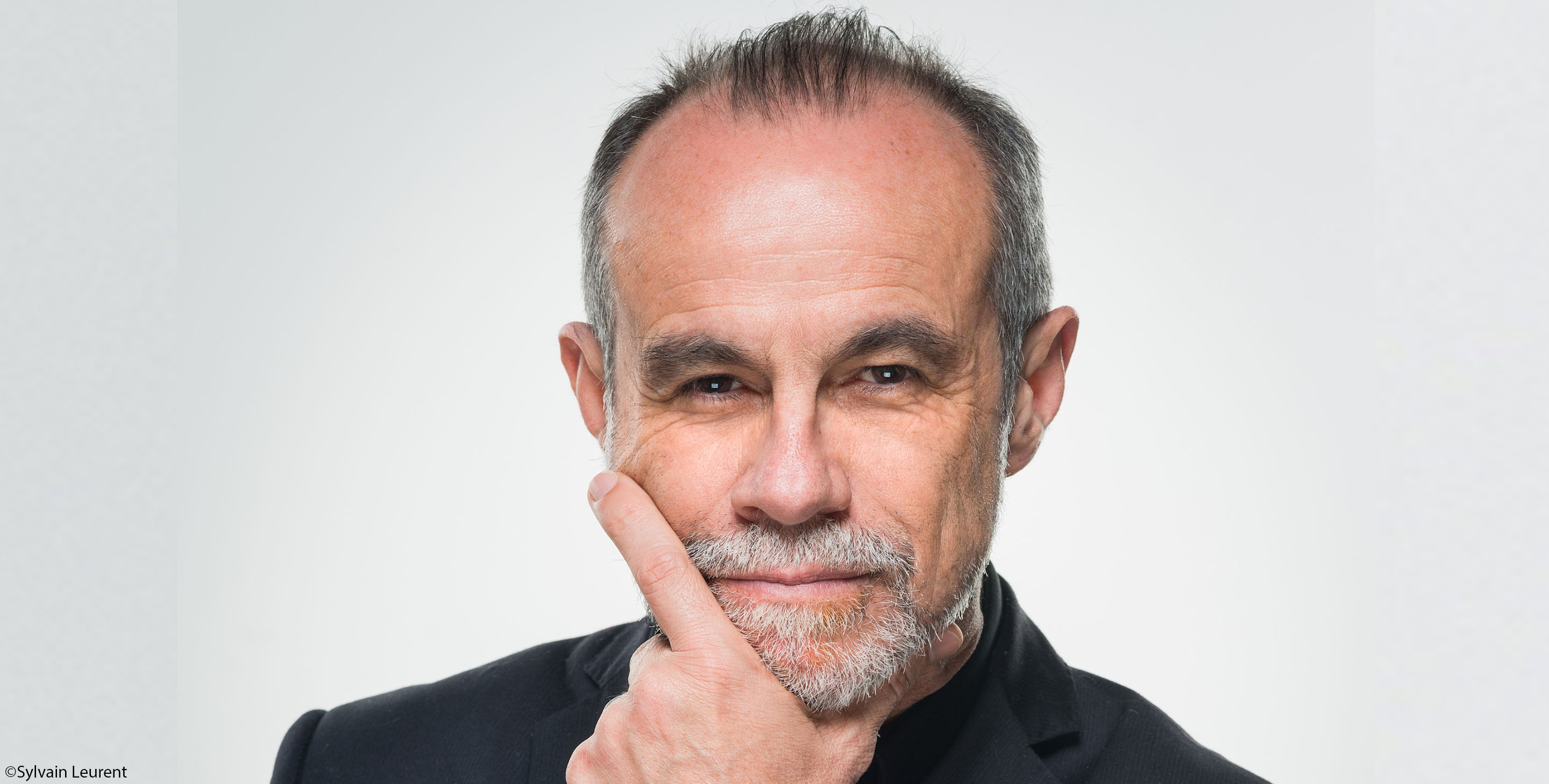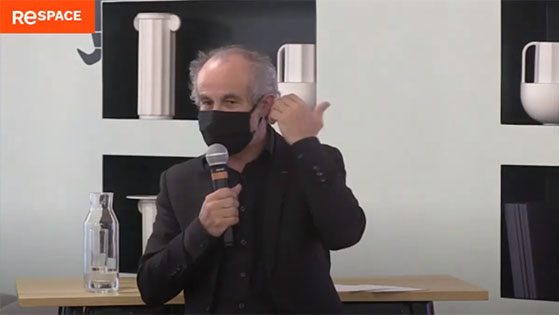Carlos Moreno, the theorist shaping tomorrow’s cities
Published on 3 October 2020

This researcher is revolutionising the rhythm of life for those living in the world’s largest cities. He is convinced that all our work and leisure needs should be met within 15 minutes of our homes. “The fifteen-minute city", utopia or imminent reality?
At 6 o’clock this morning, Carlos Moreno was proofreading his latest book*. Tonight, he’s dining with his fellow researchers. Between the two, he will have made a speech at a conference in Spain, met property developers in Paris, Skyped with the deputy mayor of Milan and Zoomed with London. This specialist in complex systems and innovation is a researcher as well has having been a multi-entrepreneur. His specialist field? Smarter, more humane cities. The global Covid-19 health crisis and the resulting need for teleworking and the reorganisation of space has seen interest in his research skyrocket.
Colombian-born Carlos Moreno first arrived in France 20 years ago as a political refugee with just 100 dollars in his pocket. A university professor who is known right across the world, he is co-founder and Scientific Director of the ETI “Entrepreneurship, Territory and Innovation” Chair at Paris 1 - Panthéon Sorbonne University / IAE Paris-Sorbonne Business School. He also heads up a whole host of initiatives, including the “Live in a Living City” think tank. In 2010, the French government awarded him the Legion of Honour, and in 2019 he received the Foresight Medal (Médaille de la Prospective) from the French Academy of Architecture. Six years ago, he conceptualised the conurbation of the future: “the fifteen-minute city”. A polycentric city in which home, work, healthcare, shops, education and entertainment would all be within a fifteen-minute reach. Getting crowds of office-bound commuters off our streets and reducing the time spent travelling to work would allow us to kill two birds with one stone: address the climate emergency and improve city dwellers’ wellbeing by embracing a human-centred approach. He has always focused on building bridges between worlds that never usually collide, forging links between researchers, public authorities, pioneers of the Net economy, financiers and industry. He also works as an advisor to Paris mayor Anne Hidalgo. His reach is global, since all major cities are now confronted with the same societal shifts, the same sense of suffocation.
On 10th September, he delved deeper into the details of his “Fifteen-minute city” concept during a conference hosted by the ReSPACE initiative. Launched by Maison&Objet, Morning (co-working, events and workspace design) and Fabernovel (digital development consultancy), ReSPACE brings together an engaged community to rethink our rhythm of life and workspaces. The question ReSPACE asks is clear: why the need to congregate at the office? Couldn’t we rethink their organisation, their design and their physical location? Time, or chrono-urbanism, is at the absolute heart of the matter. “Why do I have to spend one hour travelling morning and night? Why I am always in a rush?” asks the researcher. His answer is quite simple: our society is still governed by a Taylorist model and a XXth century way of organising our time, which continues to prevail despite the digital revolution and deindustrialisation. We’re expected to turn up at the office in the same way we’d turn up for work at a factory, yet ours is now primarily a service society. White-collar workers jostle for space in the underground or on the ring roads of the world’s major cities. “We’ve had our creative time, our me-time, taken away from us simply to benefit production” laments Carlos Moreno, who is campaigning for more vibrant, warm and socially responsible cities. He foresees office blocks, which are already “ghost-buildings”, eventually becoming a thing of the past. But does that mean teleworking will become increasingly widespread? For him, that’s not the solution. During lockdown, everyone had to work from home in whatever space was available, summarises the researcher. We found even more me-time was being taken away from us as we sat working out of our own dining rooms. He’s working hand-in-hand with major construction groups to come up with smaller, plant-filled, multi-functional buildings that would be used for business, culture, services and commerce. They would be equipped with off-site workspaces, closer to employees’ homes and accessible on foot or by bike. It’s a substantial challenge, and the hard work has only just begun.
*Droit de cité, de la ville monde à la ville du quart d’heure. Published by Editions de l’Observatoire.
